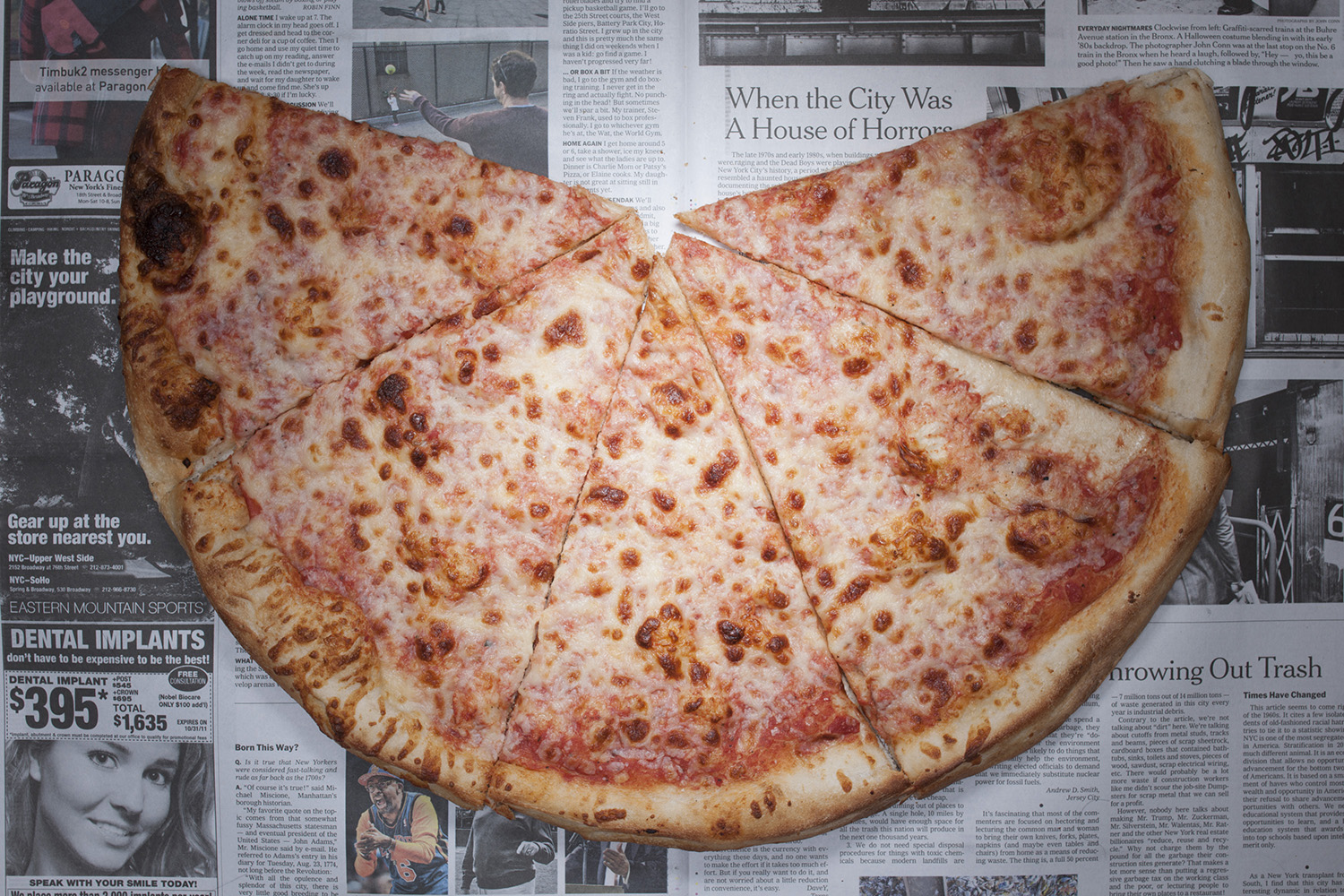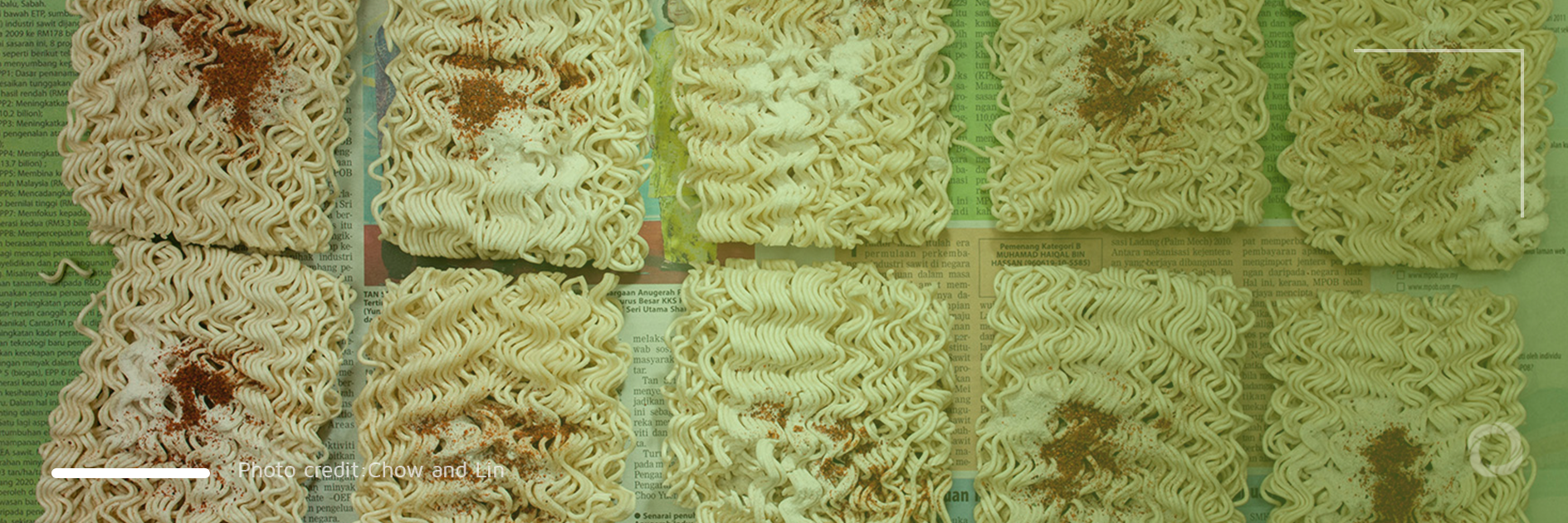The poverty line established by the World Bank and the United Nations is US$1.9 per day which means that people have less than this amount per day to cover their basic needs including food although many countries use their own calculations to define the poverty line. As there is always a story behind cold statistics, two artists decided to take a look what poverty in different countries looks like on people’s plates.
The Poverty Line project was carried out by economist and artist, Lin Huiyi, and Stefen Chow, a photographer from Singapore who now lives in China. Over 10 years from 2010 to 2020, they visited 36 low-, middle- and high-income countries and traveled 200,000 kilometers to check what people are able to put on their plates when living on a minimum income. The aim was to show what poverty looks like in different countries depending on their income levels, culture, and habits.
Different country, different food accessible to the poor
Huiyi and Chow discovered that in each country poor people can afford to buy a different range of food products. They choose basic affordable food available in local supermarkets and markets. They also bore in mind what the most frequent choices of people living in a particular country were. Their pictures of meals taken in various countries triggered all sorts of reactions. People in Russia were surprised that their neighbors, the Chinese, have so many fresh and green vegetables available.

In the US, where an individual is defined as poor when they can afford US$4.91to pay for food, it is possible to buy eight heads of broccoli or two pomegranates or about ¾ of a Margherita pizza. In Greece, poor individuals survive on US$4.68 per day which allows them to buy two pittas with meat, fries, and some vegetables or eight pomegranates or 18 candies. In Myanmar, the poor live on US$0.88 per day with which they can buy six small bananas or two handfuls of pasta. In Nigeria, the poverty line is $0.99 – enough to buy three tiny chocolate bars or 11 limes or two small pieces (about 150 grams) of ribs.

Thus, poverty may appear somewhat relative because different governments view this in different ways. In turn, the authors of the project pointed out that poverty also has a multi-dimensional character as it does not just mean the lack of access to food but also to education, health care, and job opportunities, etc.
How does poverty drive food insecurity?
The project also showed that the shortage of money is not the only factor that means that poor people cannot afford enough food. The authors pointed out that in 2012 in Brazil when the economy was growing due to the construction of infrastructure for the Olympic Games, the daily income of poor people from the slums in Rio de Janeiro was equal to the cost of a bus ticket to the other site of the city (about US$0.5). This fact impacted people very much as they had to choose between food or a bus ticket. Thus, they were forced to buy food in local stores where food was more expensive compared to the hypermarkets they could not get to due to lack of resources for tickets.

In the US, people who live on low incomes are forced to buy low-quality food, mostly highly processed junk food such as frozen TV dinners. This subsequently leads them to suffer from obesity and diseases thus significantly affecting their quality of life.

